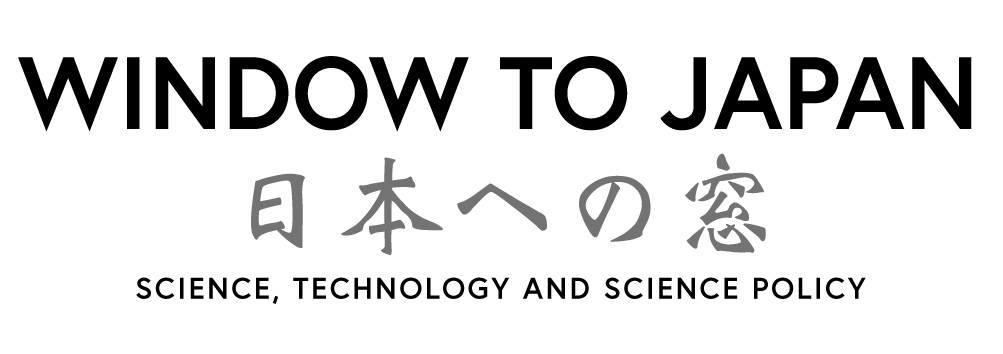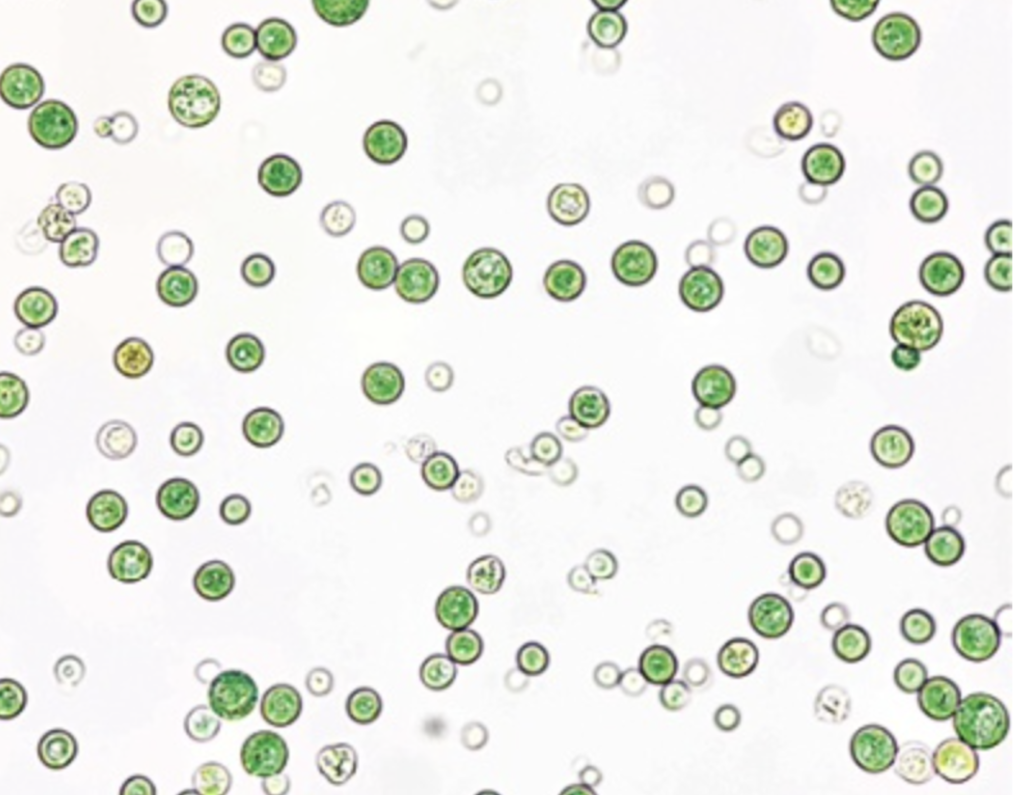https://bio.nikkeibp.co.jp/atcl/column/16/021500017/042000276/
Galdieria sulphuraria is a heterotrophic red alga found in sulfuric hot springs. It is a member of the Aedes aegypti
Galderia is a startup that aims to cultivate and process Galdieria sulphuraria, and market it as a metal adsorbent for gold, palladium, and other metals. Galdieria sulphuraria is a unicellular red alga that lives in sulfuric hot springs.
Gold, palladium, and platinum group metals are adsorbed on the cell surface layer of Galdieria sulphuraria by biosorption. Especially in acidic solvents, the metals bind to nitrogen atoms on the cell surface layer and form complexes with chloride ions in solution, resulting in stable adsorbates. It has also been found that Galdieria sulphuraria can selectively recover rare metals even from metal solutions with concentrations lower than 10 ppm. the high adsorption efficiency of Galdieria sulphuraria is due to (1) the positively charged cell surface and (2) the fact that gold and palladium (2) the high availability of nitrogen atoms, the first adsorption position for gold and palladium, and (3) the high gold reduction capacity.
Electronic devices discarded as garbage contain useful metals, such as rare metals, and are called “urban mines. Generally, to recover rare metals from discarded electronic equipment, the rare metals are dissolved in a mixture of hydrochloric acid and nitric acid, such as royal water, and then adsorbed on activated carbon or ion exchange resin. The remaining liquid waste is then discarded, but even this liquid waste still contains trace amounts of rare metals. Therefore, Galdieria aims to use Galdieria sulphuraria to develop a metal adsorbent that can recover rare metals from liquid waste, which is difficult with existing technologies. The company envisions demand from recyclers and liquid waste companies, and envisions a revenue-sharing business model based on the price of precious metals extracted by the metal adsorbent. According to the company, the total market size of urban mines for gold and palladium is over 700 billion yen, and that for metal waste liquids with less than 10 ppm is over 50 billion yen. The metal adsorbent is produced by processing dried powder of Galdieria sulphuraria; Galdieria sulphuraria has higher culture efficiency than other algae. The company has succeeded in harvesting about 200 kg of dried powder of Galdieria sulphuraria per month from a 60-square-meter facility.
Galdaria is also working on the development of gold recovery methods for small-scale gold mining. Small-scale and micro-scale ASGMs, which are mined manually, are scattered in 70 countries around the world, mainly in developing countries, and are estimated to account for 20% of the world’s gold production. In many of the ASGMs, mercury is used to extract gold (amalgamation method), which is extremely dangerous. Some reports indicate that nearly 20% of the world’s mercury use is due to ASGM. In the amalgamation process, excavated ore is crushed and mixed with mercury to create an alloy amalgam. The amalgam is then burned to volatilize the mercury and extract the gold. However, if the volatilized mercury is inhaled, there is a risk of serious poisoning symptoms. Therefore, the company is developing a simple gold recovery method as an alternative to the amalgam method. At present, the company is attempting to develop a method that uses iodine-containing solutions (such as iodine tincture) to elute gold, and then adds a metal adsorbent derived from Galdieria sulphuraria. Gold is known to dissolve by forming complexes with iodine ions, and gold can be recovered relatively safely.


